Is 18K PVD Gold Plated Real Gold or Just a Coating?
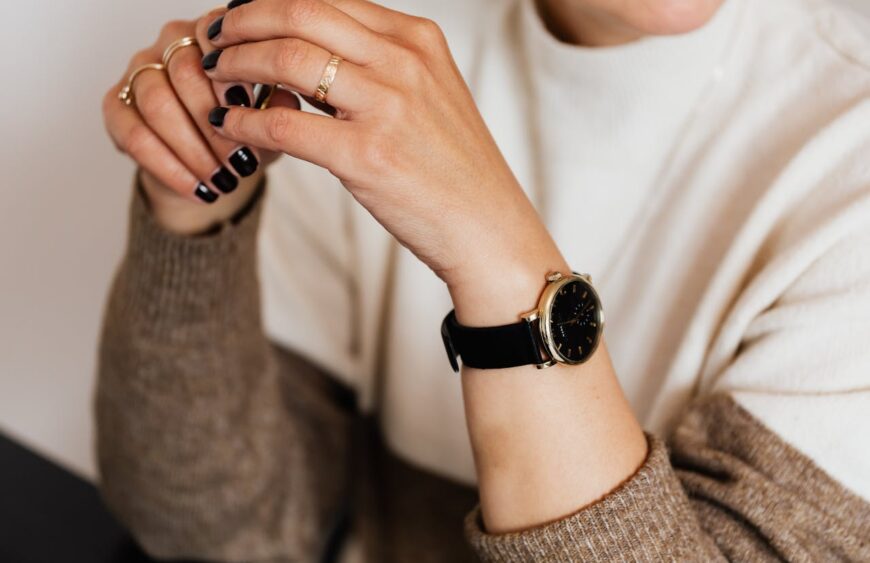
Photo By: Kaboompics.com via
If you’ve been shopping for jewelry you’ve probably seen “18K PVD gold plated” in product descriptions and wondered: Is 18K PVD gold plated real gold or just a coating? Short answer: it’s a coating — but there’s more to the story. This article explains what PVD means, how it compares to solid gold and traditional plating, its pros and cons, how long it lasts, and when it’s a smart choice.
What does “18K PVD gold plated” actually mean?
18K refers to the color or the targeted look of the gold layer (18 karat gold is 75% gold alloyed with other metals). In PVD phrasing it usually describes the color tone meant to mimic 18K gold rather than guaranteeing a thick 18K gold layer.
PVD stands for Physical Vapor Deposition. It’s a vacuum-based process that deposits an ultra-thin metal or compound film (in this case, gold or a gold-colored alloy) onto the surface of another metal (often stainless steel or titanium).
Gold plated here indicates the piece has a gold-colored surface layer applied over a base metal. With PVD the “plating” is achieved through a high-tech vapor deposition rather than simple electroplating.
So: 18K PVD gold plated = a base metal (not solid gold) with a very thin PVD-applied layer that looks like 18K gold.
How is PVD different from traditional gold plating?
Method
- Traditional plating uses electrochemical methods (electroplating) to deposit metal ions from solution onto the item.
- PVD uses vacuum and heat to vaporize a solid metal source and deposit it atom-by-atom on the part.
Adhesion & durability
- PVD films bond physically and often chemically—with very high adhesion—making them more durable, scratch-resistant and longer-lasting than standard electroplated finishes.
Thickness
- Both techniques typically apply thin layers. PVD layers tend to be extremely uniform and can be engineered for hardness, but they’re still a surface coating, not solid gold.
Environmental and hypoallergenic
- PVD is cleaner (no toxic plating baths) and PVD on stainless steel is commonly more skin-friendly because the base metal is often corrosion resistant.
Durability and real-world wear
PVD coatings are not permanent, but they’re more robust than traditional plating:
Daily wear: PVD jewelry resists scratches, tarnish, and fading better than conventional gold-plated pieces.
Exposure: Chlorinated water, heavy abrasion, and chemical exposure (perfumes, cosmetics, cleaners) will eventually wear the coating.
Typical lifespan: With normal wear a good-quality PVD coating can last years before showing base metal—often significantly longer than standard gold plating, but far shorter than solid gold.
Value: is PVD “real gold” in value terms?
No — PVD is not solid gold and thus not equivalent in intrinsic value:
Solid 18K gold pieces contain real gold content (75% by weight) and retain resale/recyclable metal value.
PVD-coated pieces contain a very small amount of gold material (if gold is used for PVD) or a gold-colored compound — their value is primarily in design and craftsmanship, not precious-metal content.
If you need jewelry as an investment or for heirloom permanence, solid gold (or gold-filled) is the better choice.
Is PVD hypoallergenic?
Often yes, especially when:
The base metal is hypoallergenic (e.g., 316L stainless steel, titanium) and the PVD layer prevents direct skin contact with nickel or other irritants.
However, if the PVD coating eventually wears through, and the underlying metal contains nickel, an allergy might surface.
For sensitive skin, choose PVD over stainless or titanium base, and avoid alloys known to contain nickel.
How to tell if a piece is PVD gold plated
Product info: reputable sellers will explicitly say “PVD” or “PVD coated” and name the base metal (stainless steel, brass, etc.).
Price point: PVD pieces are priced far below solid 18K gold.
Magnet test: many base metals are magnetic (but some gold-filled or solid gold items are not). Not definitive.
Wear & time: if you notice color flaking or the base metal showing after months/years, it was coated, not solid gold.
Ask for documentation: some brands supply test results or metal stamps—solid 18K will carry a hallmark (e.g., “750”).
When to choose 18K PVD gold plated jewelry
Choose PVD if you want:
A luxury look at an affordable price.
A durable alternative to cheap electroplating — especially for everyday pieces (rings, bracelets) that face wear.
Hypoallergenic, low-maintenance pieces when paired with a good base metal.
Fashion-forward seasonal styles that don’t require the investment of solid gold.
Avoid PVD when:
- You want investment-grade jewelry (solid gold or gold-filled).
- You need lifelong heirloom durability that won’t risk showing base metal after a few years.
Care tips to make PVD last longer
Avoid prolonged water exposure (pools, hot tubs) and harsh chemicals.
Put jewelry on after applying perfume, lotions, or hair products.
Store pieces separately to prevent abrasion (soft pouch).
Clean gently with a soft cloth; avoid ultrasonic cleaners or abrasive polishes.
Quick comparison table
| Features | 18K PVD Gold Plated | Solid 18K Gold |
|---|---|---|
| Gold content | Minimal (surface coating) | 75% by weight |
| Durability | High for coatings, better than electroplate | Permanent (wears but not exposed) |
| Hypoallergenic | Often yes (depends on base metal) | Yes (pure gold is hypoallergenic |
| Price | Affordable | Expensive |
| Investment value | No | Yes |
Conclusion
Is 18K PVD gold plated real gold? No — it’s a high-quality coating designed to look and behave like 18K gold but without the gold content and long-term intrinsic value. That said, PVD is an excellent choice when you want the aesthetic and improved durability of a premium finish at an accessible price. If you value investment and permanence, choose solid 18K gold; if you want stylish, durable, everyday jewelry without the price tag, 18K PVD gold plated is a smart, modern alternative.
FAQs
Q: Will PVD turn my skin green?
A: Unlikely if PVD is intact and the base metal is stainless steel; if the coating wears through, reactions can appear depending on the base metal.
Q: Can PVD be re-applied?
A: Yes — a jeweler or specialist can recoat pieces, but it may be more cost-effective to replace lower-cost fashion items.
Q: Is PVD the same as gold vermeil?
A: No. Gold vermeil uses sterling silver base with a thicker gold layer (electroplated) and follows different standards. PVD is a modern coating method and can use different bases.



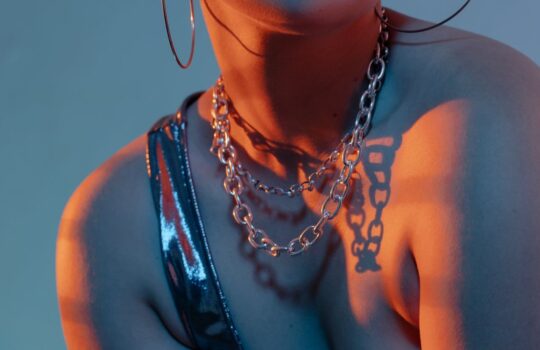
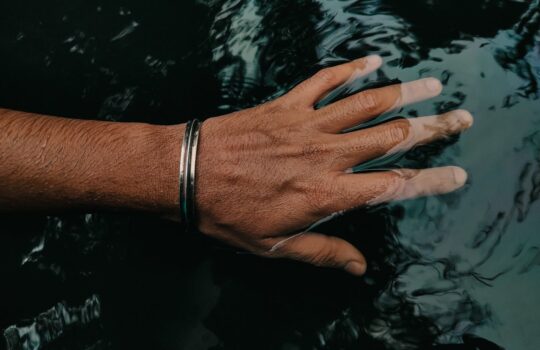
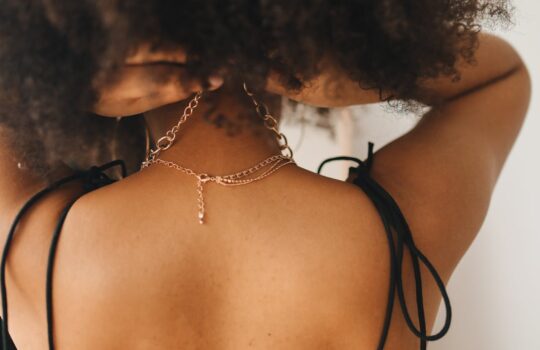

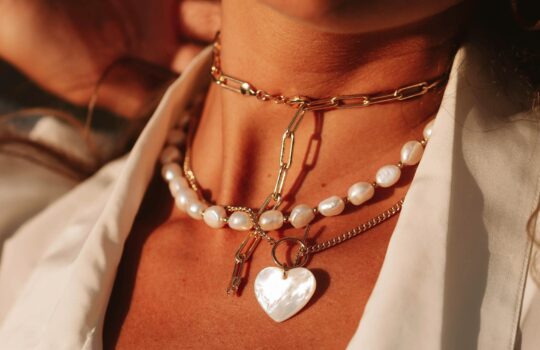
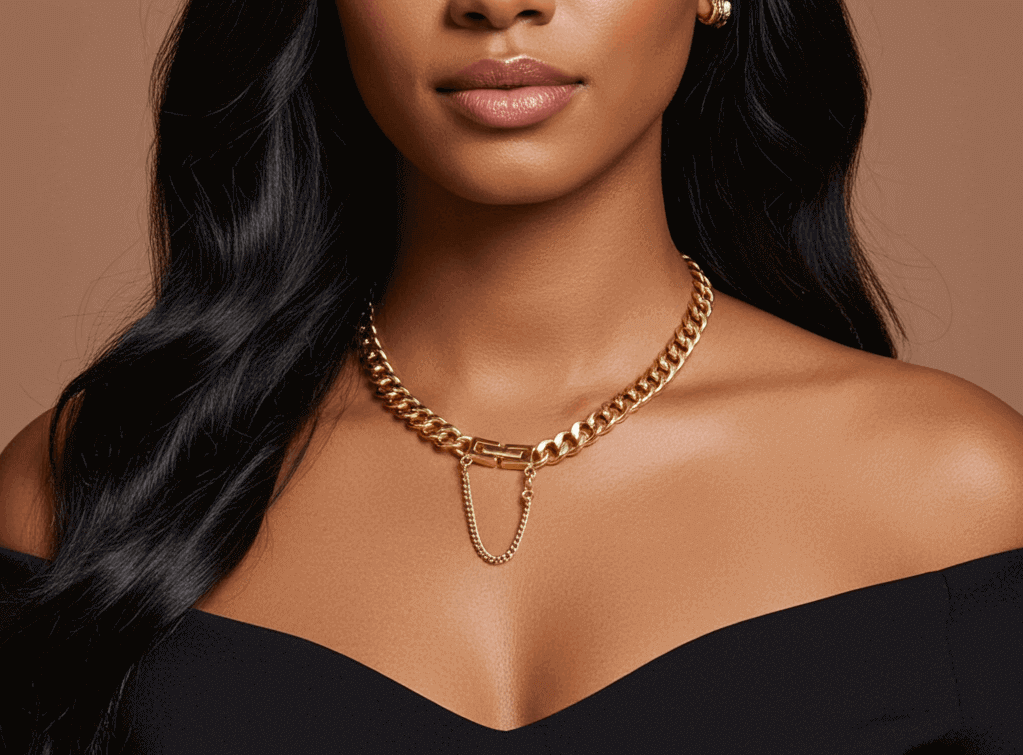
Eldora Batz
15 October 2025 at 02:38I am not sure where youre getting your info but good topic I needs to spend some time learning much more or understanding more Thanks for magnificent info I was looking for this information for my mission